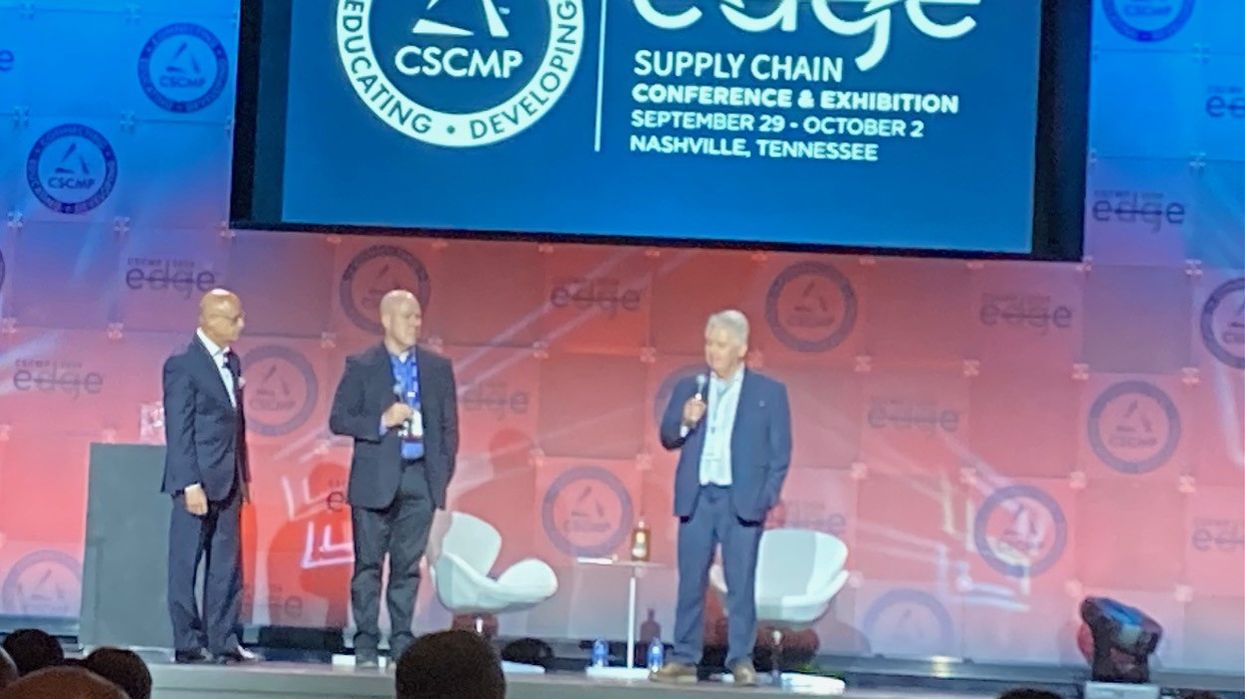As the final hours tick away before a potential longshoreman’s strike begins at midnight on the U.S. East and Gulf coasts, experts say the ripples of that move could roll across the entire U.S. supply chains for weeks.
While some of the nation’s largest retailers were able to pull their imports forward in recent weeks to soften the blow, “the average supply chain is ill-prepared for this,” Tom Nightingale, the former CEO of AFS Logistics, said in a panel discussion today at the Council of Supply Chain Management Professionals (CSCMP)’s EDGE Conference in Nashville.
Despite that grim prognosis, a strike seems virtually unavoidable, CSCMP President & CEO Mark Baxa said from the stage. At latest report, the White House had declined to force the feuding parties back into arbitration through its executive power, and a voluntary last-minute session had failed to unite the International Longshoremen’s Association (ILA)’s 45,000 union members with the United States Maritime Alliance that manages the 36 ports covered under their expiring contract.
The ultimate impact of a resulting strike will depend largely on how long it lasts, the panelists said. With a massive flow of 140,000 twenty foot equivalent units (TEUs) of shipping containers moving through the two coasts each week, each day of a strike will require 7 to 10 days of recovery for most types of goods, Nightingale said.
Shippers are desperately seeking coping mechanisms, but at this point the damage will add up fast, whether a strike lasts for an optimistic “option A” of just 48 to 72 hours, a pessimistic “Option B” of 7 to 10 days, or even longer, agreed Jon Monroe, president of Jon Monroe Consulting.
















